headphonesOTHER DEVICESsonysony whsony wh-1000xm3wireless headphonewirless noise cancelling headphones
Sony WH-1000XM3
Sony
WH-1000XM3 Wireless Noise Cancelling Headphones
Few headphones will ever have bigger shoes to fill than the
Sony WH-1000XM3, which is why they’re not too different than their predecessor.
While incremental updates are usually boring, Sony simply made the best noise canceling headphones better, and far more
capable of lasting the long-haul.
Who
are the Sony WH-1000XM3 for?
- Casual listeners will love the Sony WH-1000XM3, as it offers a huge boost in sound quality over general consumer headphones when used with Bluetooth
- Commuters will
appreciate the excellent noise cancellation offered by these headphones,
best in the market.
- Air
travelers will find the Sony WH-1000XM3 in the Best Buy
vending machines at many American terminals, and you know what? That’s the
best piece of hardware in there.
Very
rarely will I say that a set of headphones is for “everyone,” but active noise
cancelers that are comfortable and sound as good as the Sony WH-1000XM3 fall
into that category. They perform well on commutes, flights, and just out on the
town. Generally, these are headphones for everywhere but the computer… and even
then they’re not bad if you’re not deep into the lossless audio game.
What
features do the Sony WH-1000XM3 have?
Despite being largely
identical in many ways to the older Sony WH-1000XM2, a few upgrades have made
the brand-new WH-1000XM3 a better buy for the long haul. For example, the ear
pads are deeper, and the addition of USB-C charging means that you won’t have
to scour and scrape for an obsolete cable to top off your cans.
While these are fairly
minor upgrades, it does mean that you won’t have to worry about your headphones
falling apart in a year or two. Instead, you’ll have your needs met by a modern
design, with very little headaches. I’m not sure that these tweaks are
completely worth upgrading for if you already own last year’s model, but if
you’re buying a new set of headphones: these go a long way to setting Sony’s
offerings apart from Bose, Sennheiser, and AKG.
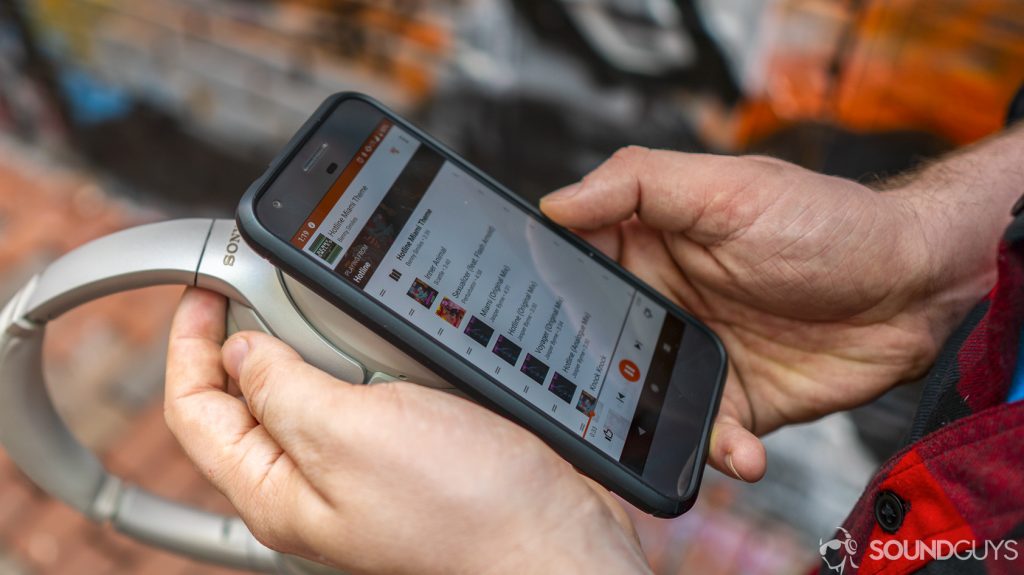
Probably the
best thing about the headphones is that you rarely ever need to use your phone
to control your music. Once you’ve got the headphone app installed, you can
easily navigate playback with swipes of your finger (forward, backward swipes),
adjust volume by swiping up or down, and activate your voice assistant with a
long press. Initially, that assistant was limited only to the default one on
your phone but the company has recently announced an update to the headphones
that will give them full compatibility with Amazon Alexa as well. All you have to
do is update through the Sony Headphone Connect app on your smartphone and you
can choose whichever virtual assistant you want—depending on what smart
products you have in your house, or simply which one answers your questions
better. Additionally, you can temporarily hear the world around you by cupping
your hand over the right ear cup, which makes the headphones use their external
microphones to pass your surroundings on to your ears. This is great for when
someone needs to tell you something, or for plane announcements.
Does
the cold affect the Sony WH-1000XM3?
- Many users report extreme cold affecting the touch controls of the Sony WH-1000XM3, so be wary if you’re in an environment that freezes over a lot. Neither Adam nor Chris had issues with the Sony WH-1000XM3 in the frozen northeast US, but it’s possible that it varies from model to model.
Are
the Sony WH-1000XM3 well built?
- If you’ve never used the Sony WH-1000XM2 from last year, noting that the WH-1000XM3 is virtually identical isn’t going to tell you what you need to know about these cans. For example, that the WH-1000XM2 were our pick for best headphones for most people for a long time, and this year’s refresh look to take that crown from their older brother. They’re extremely light, have great padding, and oh yeah: deliver on the promise of high-end active noise canceling headphones. Really, the biggest differences are the USB-C charging port, soft touch material, and new buttons.
- The chassis of the WH-1000XM3 is the same hard plastic as its predecessor, though there isn’t any fake plastic leather over the ear cups anymore. Instead, it’s now a soft-touch material that your fingers can easily glide over. At the top of each ear cup are two wide microphones that collect data for the noise canceling unit to destroy outside sound.
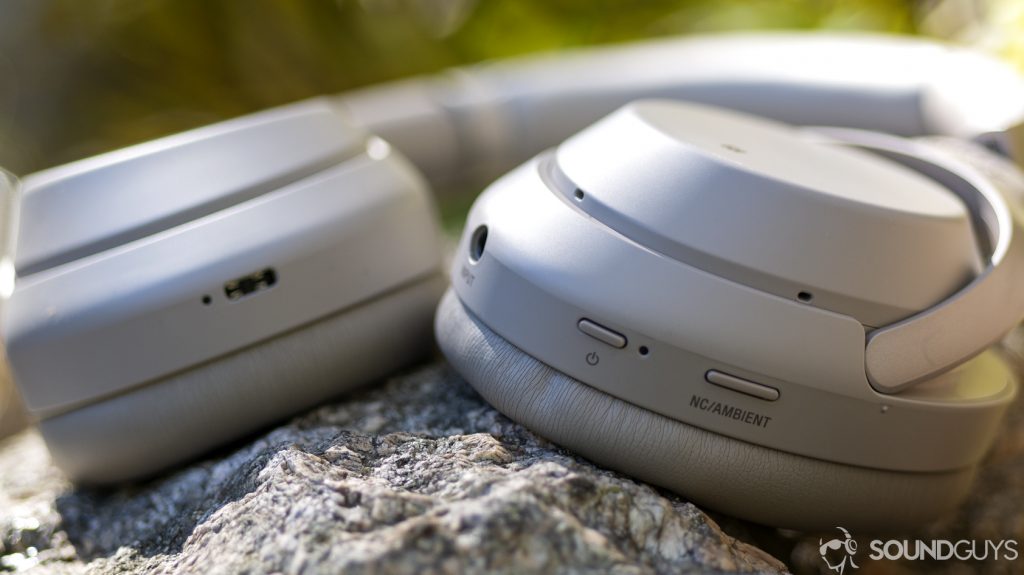
- It’s unclear if Sony addressed the reported cracking issues with the previous iterations of the WH-1000X, but I didn’t run into any breakage or damage in my time with them. And I suppose that’s to be expected—I’ve absolutely abused the Mark 2 over the past year, and it still looks fairly new… minus somewhat flattened padding.
- Battery life is great on the Sony WH-1000XM3, lasting 24 hours of constant 75dB playback… with maximum ANC running. This is an absolutely stellar result, and should keep you protected from the outside world for long trips.
How
well do the Sony WH-1000XM3 cancel noise?
- When you’re buying active noise canceling headphones, the main reason you’re opening up your wallet is because they make the world melt away around you, right? Because of this, we test isolation and attenuation. And just like their predecessors, the WH-1000XM3 do a fantastic job of killing outside noise—drubbing the Bose QuietComfort 35 II, anyway.
How do the Sony WH-1000XM3 sound?
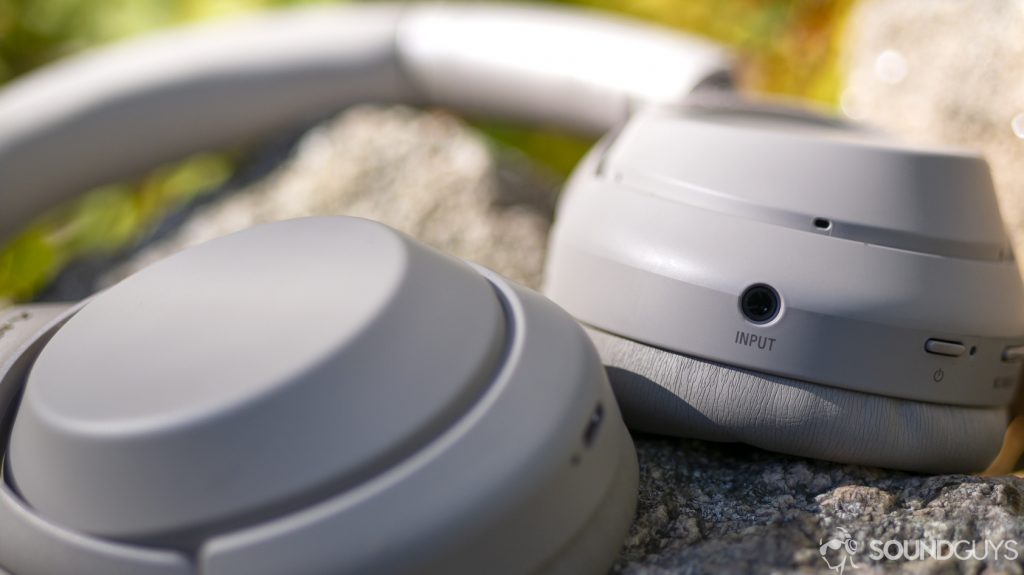
- Great, really. We’ve come to a point in wireless headphones that most of the big gripes are gone, replaced by minor ones. For the Sony WH-1000XM3, the sound is quite good, bolstered by the fact that they target a very consumer-friendly sound by default. Though the chart it produces is wavy for some reason, don’t take that to mean that it’s got an issue with the overall response: it’s just that pink noise as a testing signal is inherently messy. It could also have something to do with the optimizer settings for the test head, which appear to be a work in progress. The main takeaway here is that the headphones target a consumer sound, with emphasized bass, a little bump in the mids, and a peak at about 10kHz.
- I mentioned earlier that the WH-1000XM3 isn’t for audiophiles looking for lossless listening, so I feel like I owe you an explanation. Sony’s headphones really are best in class here, but they’re not perfect. The LDAC codec is certainly impressive by many metrics, but only when you can get the 660 or 990kbps modes. Weirdly enough, the 330kbps default connection is worse than SBC in some ways, so you may find you should dive into the developer options in your phone to lock the WH-1000XM3 into 660kbps just to be sure you’re getting the best of what your headphones have to offer. The 990kbps mode may be tempting, but we find that 660 is a great middle ground that still exceeds your hearing capabilities.
Bass
Bass is heavily
emphasized in the LDAC and default SBC modes, but you can change this by using
Sony’s app if you wish. However, you may elect to keep things as they are to
really feel the bass in recordings that underplay it a bit. You may find that
engine noise masks a bit of the bassline and bongo thumps to the one and only
recognized version of September.
Should you buy the Sony WH-1000XM3?
Maybe. While
the Sony WH-1000XM3 is easily one of the best headsets out there, its little
brother the Sony
WH-XB900N is a credible budget pick, and gets you about 70% of
the performance of these headphones for $100 less. That’s not a bad trade at
all. If you’re on a budget, get the WH-XB900N and don’t look back.
A gadget that
costs $349 might sound like it’s too expensive, but it’s not.
A really good set of active noise canceling headphones is worth its weight in
gold, and the Sony WH-1000XM3 is among the best out there. Newer headphones offer some
interesting ANC features like the Jabra Elite
85h, but none quite offer the raw ANC power the WH-1000XM3 does. Even
if it’s not technically very different than its predecessor, that’s okay: all
the WH-1000XM2 needed to be truly great headphones were a USB-C charging port,
and deeper ear pads… which the WH-1000XM3 provide.
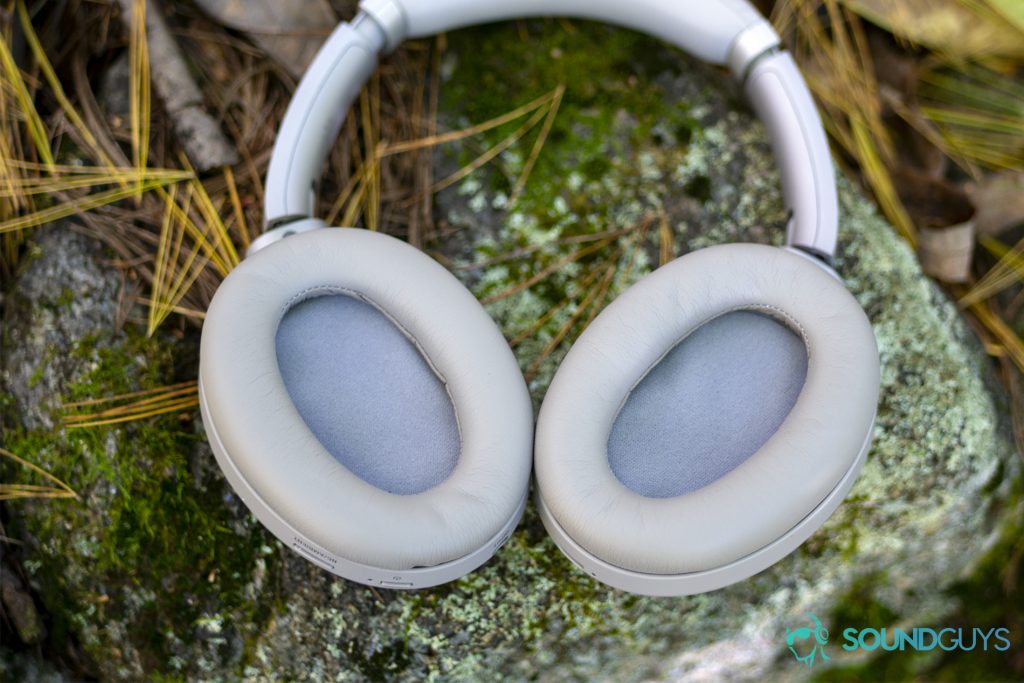
Active noise
cancelers are the rare headphones that work in just about any situation, and
that’s why they’re so valuable. You’re not going to enjoy listening with
high-end open back headphones on the subway, after all. The Sony WH-1000XM3 are
the perfect travel buddies with great battery life, solid sound, and a price
point under its main competitors.

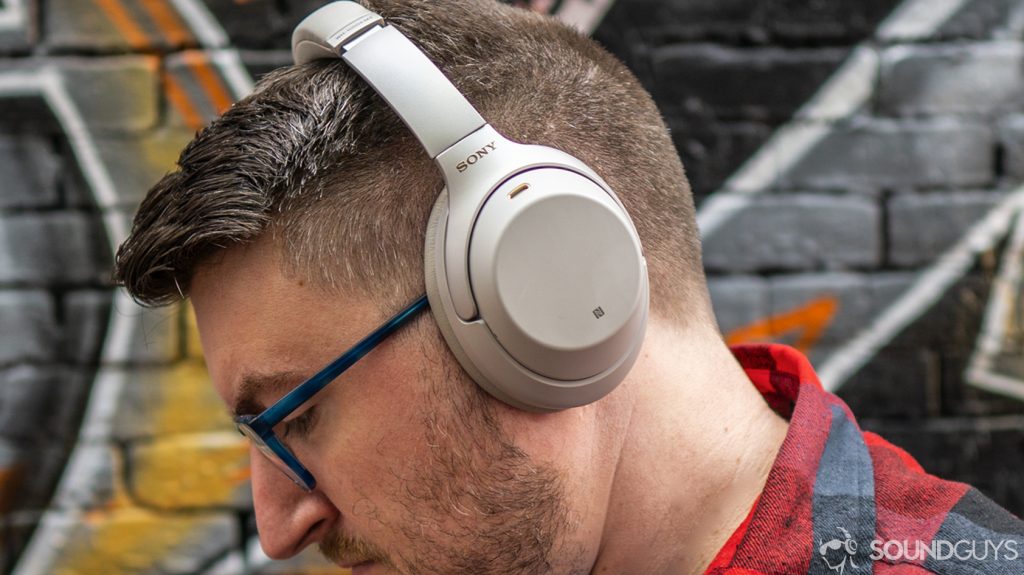

0 comments